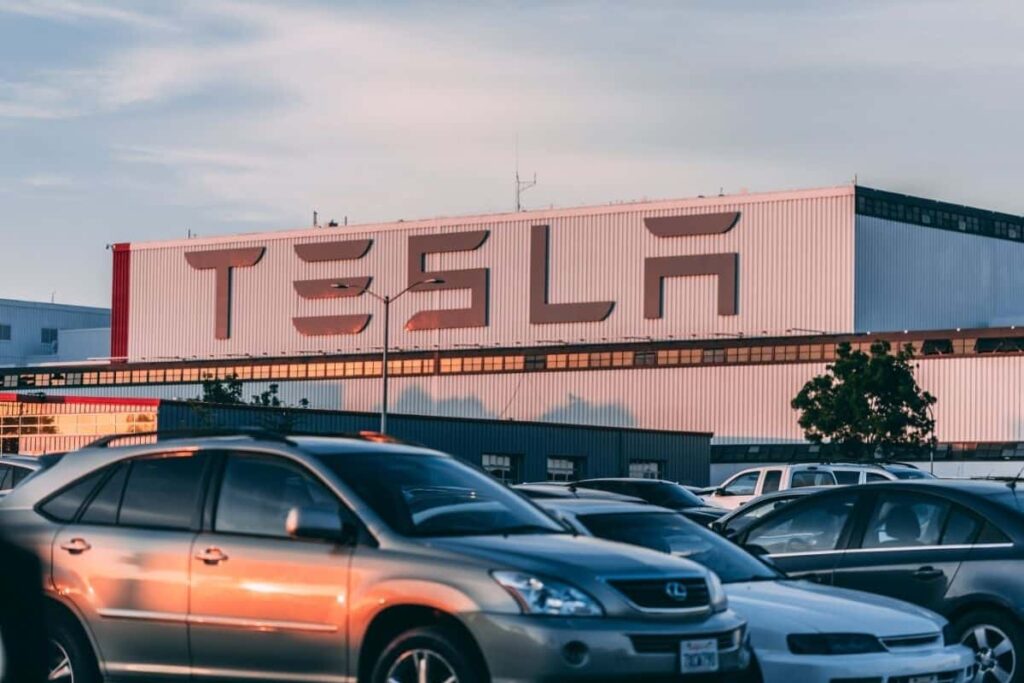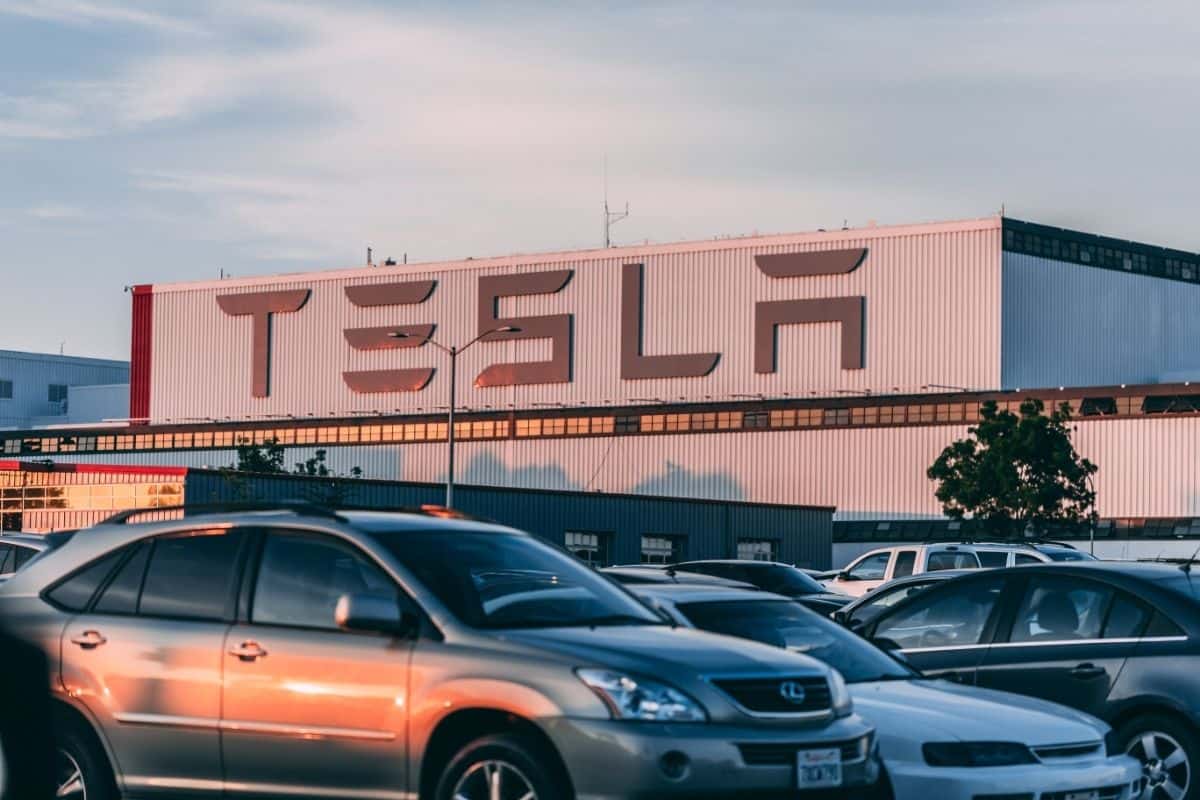When you’re deciding whether to invest in certain companies, you should be finding out whether the company is ever going to pay out dividends.
You’d be surprised how many people invest in companies without actually finding out whether they’re ever going to receive dividends, but it happens fairly often.
The popularity of Tesla’s stock tends to fluctuate, in no small part due to the company’s eccentric CEO. But it’s still a stock worth bringing up in the wider discussion regarding investments.
So, does Tesla pay dividends? The short answer is no, and the company doesn’t seem to have any intention of paying out dividends in the future, instead of channeling their earnings into future growth.
The following article will break down all of the most common ways that companies tend to invest their earnings, including paying out dividends, before discussing why Tesla doesn’t do the latter.
How Do Companies Spend Their Earnings?
Tesla does not pay out dividends to its stockholders.
To understand why this is so unlikely to ever change (aside from the fact that the company has vocalized as such), it’s important to be aware of all the most common ways that companies invest their earnings.
The following are all of the main investments that a company will make once they’ve made money.
Pay Down Debt
This is a very common option when it comes to any business. As well as paying down existing debt with their earnings, they might also want to take out new debt.
The benefits of this decision would change depending on changing rates of interest.
Grow Their Business
This is a similar investment method to investing directly in their business. The best way to understand why growing their business is different from investing in their business is to think of the former as the offensive tactic, while the latter is an offensive tactic.
Ways a company might spend money on the growth of their business could include transitioning to another market, producing another product, or buying out another business.
An example of Tesla expanding its growth would be purchasing production facilities to produce their products more efficiently and more quickly.
Investing In The Company
Investing in the company covers investments that are not specifically targeted at growth. It could include spending more money on equipment or IT, giving bonuses to staff, or anything else that would make it harder for competitors to gain an advantage.
Buying Back Company Shares
Buying back company shares is essentially a way of owning more of the company. Buying back your company’s shares increases the value of said shares.
The value of a share tends to be measured by Earnings Per Share (EPS). When a company has bought back, say, 5% of the company’s shares, it would mean that there would be fewer shares, but the earnings would effectively be the same.
It’s a way to increase value for your company’s shareholders.
Paying Out Dividends
As we’ve established, the final most common way that a company would spend the money they’ve made is paying out dividends.
Traditionally, it’s not only beneficial to the shareholders at a surface level (because they’re likely to receive more money), it can also be beneficial for the company itself because shareholders have more of an incentive to buy more shares with the dividends they’ve received.
That’s what dividends are, at the end of the day: an incentive, and a way for a company to thank their shareholders for investing by giving them even a fraction of the money that the company is making.
Now that we’ve covered all of the different ways that companies are most likely to spend the money they’re making and the benefits of paying out dividends, we can get a clearer understanding of why Tesla doesn’t partake in this particular practice.
Why Doesn’t Tesla Give Out Dividends?
There are several reasons Tesla doesn’t give out dividends to its shareholders. The main reason is that, while it might come as a surprise considering how much their shares tend to be worth, the company is currently still in the growth stage.
Despite them being a company that everyone in the west would be at least somewhat familiar with, their overall revenue wasn’t actually that high (speaking relatively of course) until as recently as 2021.
Plus, speaking generally, just because a company is very well known doesn’t mean they’re constantly making tons of profit.

So, while it might seem like Tesla has been around forever, they’re still a young company in the grand scheme of things. With that being said, it does make sense why they would want to keep their profits for growth.
Dividends can be a great way to reward your company’s shareholders, as well as to generate organic demand for said shares. But right now, while Tesla is still technically in its infancy, paying out dividends would make a lot less sense.
Instead, they’re at the point where they need to be funneling all of the money they make right back into the company. This will accelerate growth and help them to produce more products.
The points stated above are the reasons why, when a company does give out dividends, their revenues would have been growing consistently for a long period of time. These companies would usually be far further on in their life than a growing company like Tesla.
And even with a company that isn’t far more established than Tesla, paying out dividends is just generally more beneficial if you’re a company with slow growth.
Another reason Tesla is in no way close to paying out dividends is that it hasn’t been long since they first became profitable. Their initial period of notable profit was as recent as the first quarter of 2020.
The first quarter of 2020 wasn’t quite the first time they made any profit, but it was the first time their profits weren’t quickly followed by losses.
Is Not Paying Out Dividends Good Practice?
If a company is young and seeing rapid growth, it makes total sense that they would keep their profits for further growth, rather than paying money out in dividends.
Another notable company that has exhibited similar practices is Roku, which, rather than paying out dividends to their shareholders, has instead focused on further growth, which in turn grows the company’s share of the market.
If a growing company isn’t spending money on future growth, it would make it far more difficult to contend with competitors, particularly huge competitors like Amazon.
So if you’re planning on investing in a speculative growth company, don’t assume that a company paying out dividends is a good thing.
If a young company is growing quickly, then it could genuinely be considered a red flag if they’re already giving out dividends to shareholders.
Part of the entire strategy of a speculative growth company is reinvesting in the company’s growth.
Your investment portfolio should have variety. Just because a company that promises dividends might result in faster profits for yourself, doesn’t mean that every company in your portfolio has to be paying dividends.
Rejecting a young, growing company purely because it’s not yet at the stage where it can pay dividends would be a poor decision for your overall portfolio. If you believe in a young company, consider investing. Don’t just focus on short-term profits.
Conclusion
Tesla does not pay dividends to its shareholders, but you shouldn’t look at this as a reason not to invest in the company. It’s very common for a young company that’s experiencing fast growth not to pay out dividends and instead spend its profits on growth.
It’s not even been very long since Tesla started making noticeable profits, so it makes sense that they’d be spending their money on growing their company. Not paying out dividends at this stage in a young company’s timeline is standard practice.
